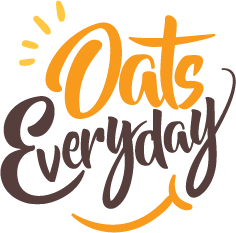Oats, oats, oats! So many oats, so little time. Quick, rolled, cut – we love them all! They all have so many potential uses, and you can really get creative with all of them!
But if you’re new to this whole oats thing (welcome!), it can be a little confusing. So, we thought we’d make all the great variations of oats as accessible as possible by giving you a breakdown of the differences, and some of our favorite uses for each type.
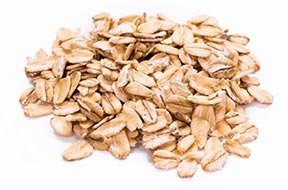
Rolled Oats
The most common oats you’ll find in the store, they are also referred to as old-fashioned oats. If someone asked you to picture oats, this is the traditional shape that probably jumps into your head. Rolled Oats are whole oats which have been toasted, hulled, steamed and then rolled. These oats absorb a lot of liquid and cook fairly quickly. They also hold their shape well when cooking. Rolled Oats are mainstay ingredients in granola bars and muesli.
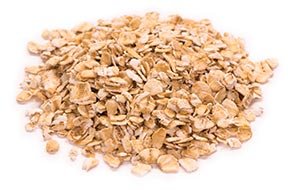
Quick Oats
Also commonly available, these oats have been cut, steamed and rolled into thinner flaking making them quicker to cook. They’re frequently used in muffins, cookies and bread. Making a bowl of plain Quick Oats with your choice of toppings is an alternative to more processed instant oatmeal packages.
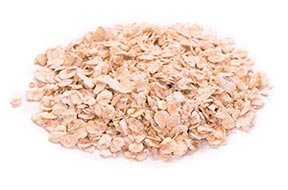
Instant Oats
These are the oats you usually find in flavored packages that you can microwave with water for a quick breakfast. They have been cut, pre-cooked, dried, steamed and flattened for instant cooking times. A quick and convenient way to get a healthy helping of oats on the go!
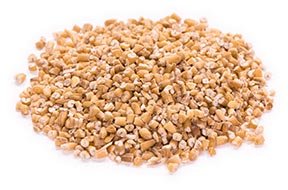
Steel Cut Oats
Also known as Scotch oats and Irish oatmeal, Steel Cut Oats have a great chewy texture and nutty flavor. Steel Cut Oats have been sliced once or twice into smaller pieces to help them cook in less time. They cook up as an awesome alternative to rice are usually easier to find in stores than oat groats.
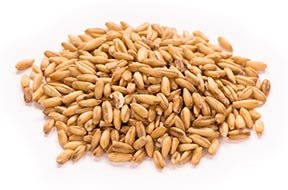
Oat Groats
The hulled or crushed kernels of oats. There are three parts to oat kernels: the bran, germ and endosperm. The bran and germ both contain healthy fiber, vitamins and minerals. The endosperm mostly contains carbohydrates, and some protein. With Oat Groats, you get all three! They’re super nutritious and very chewy, making them a great substitute for rice and a killer ingredient in salads.
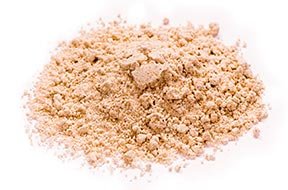
Oat Flour
Oat Flour is simply oats that have been milled to a fine powder. Oat Flour can be used to thicken sauces and gravies, in breadings, and in baked goods, such as cookies and quick breads. Oat flour is commercially available, or can easily be made at home in a food processor or blender. To make oat flour, process rolled or quick oats to a powder, then sift.
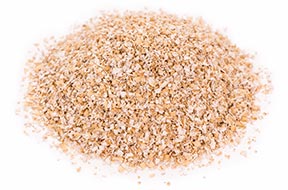
Oat Bran
Made from the outer casing (layer) of the oat kernel, particularly high in insoluble fiber. It is used as a hot cereal or sprinkled on cold cereal, and as an ingredient in quick breads, casseroles, and pancakes for added fiber.
You really can’t go wrong. But we do know that you’re definitely going to want to get to know ALL OF THESE OATS.
